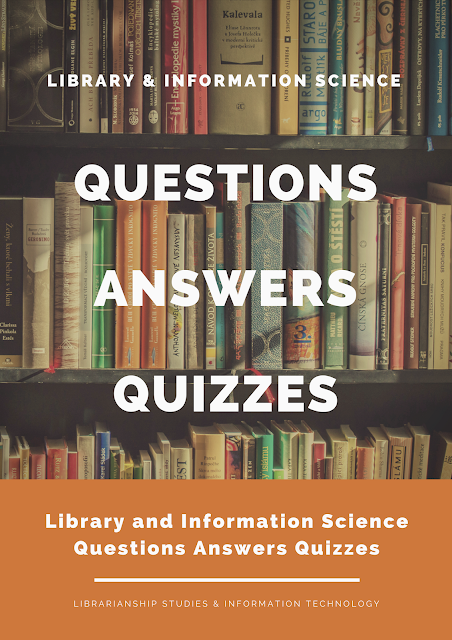QUESTION
Which of these are the ways in which a work can be 'expressed'?
(a) alpha-numeric characters
(b) sound
(c) movement
(d) performance
(e) all of the above
ANSWER
(e) all of the above
A work can be 'expressed' as alpha-numeric characters, sound, movement, as well as performance.
Identifying the Expression
A work can be 'expressed' as alpha-numeric characters, sound, movement, as well as performance.
“Expression” -- The FRBR Entity
- “Expression” is the way in which a work (the idea in the creator’s mind) is expressed. e.g.:
- through language (i.e., alpha-numeric characters)?
- through sound?
- through performance?
Identifying the Expression
Authorized access points are used in bibliographic records to identify the expression being cataloged; also in 6XX and 7XX fields to represent relationships to other expressions. Just as for Works, the forms of authorized access points for Expressions are prescribed according to the instructions in RDA Chapter 6.
Identifying the expression is a simple two-step process, similar to identifying the Work:
1. Name the work
2. Add expression-level identifying information
LC Decisions on …
Is This Data Recorded as Bibliographic Data or Authority Data?
- Always identify the expression by giving information in the bibliographic record; sometimes (per DCM Z1) also by making a title or name/title authority record
- Authorized access points are used in other authority records as 5XX fields (relationships to other expressions) for treaties and in cases of cataloger judgment
How to Identify Expressions
- Per LCPS 0.6.3 (Core Elements for Works and Expressions), LC will identify expressions by adding an attribute to the authorized access point in only these situations:
- Music resources (RDA 6.28.3)
- Sacred scriptures (RDA 6.30.3)
- Translations and language editions (RDA 6.27.3)
- For other than these three categories, LC will identify the expressions by utilizing other fields in the bibliographic record.
- Content type
- 336 field
- Language
- 008/35-37
- 041 field
- 546 field
- Do not add another characteristic to differentiate one such expression from another. For example: do not differentiate one translation of Shakespeare’s Hamlet in French from another French translation; do not differentiate one arrangement of Berlioz’ Corsaire from another arrangement.
SEE ALSO
- Expression
- Resource Description and Access (RDA)
- Library and Information Science Questions Answers Quizzes
REFERENCES
1. Library of Congress. Identifying Expressions and Describing Content Quiz. https://www.loc.gov/catworkshop/RDA%20training%20materials/LC%20RDA%20Training/Captivate-Module%203-Identifying%20Expressions%20and%20Describing%20Content/RDA%20Module%203-Identifying%20Expressions%20and%20Describing%20Content.htm (accessed February 8, 2020).
1. Library of Congress. Identifying Expressions and Describing Content Quiz. https://www.loc.gov/catworkshop/RDA%20training%20materials/LC%20RDA%20Training/Captivate-Module%203-Identifying%20Expressions%20and%20Describing%20Content/RDA%20Module%203-Identifying%20Expressions%20and%20Describing%20Content.htm (accessed February 8, 2020).
2. Library of Congress. RDA: Module 3 -- Identifying Expressions and Describing Content. https://www.loc.gov/catworkshop/RDA%20training%20materials/LC%20RDA%20Training/Module3ExpressionsAndContentSept12.doc (accessed February 8, 2020).
CITATION INFORMATION
Article Title
- Which of these are the ways in which a work can be 'expressed'?
- Librarianship Studies & Information Technology
- https://www.librarianshipstudies.com/2020/02/which-of-these-are-ways-in-which-work.html
- 2020-02-08
- 2020-02-08
FEEDBACK
- Help us improve this Library and Information Science quiz article! Contact us with your feedback. You can use the comments section below, or reach us on social media.


